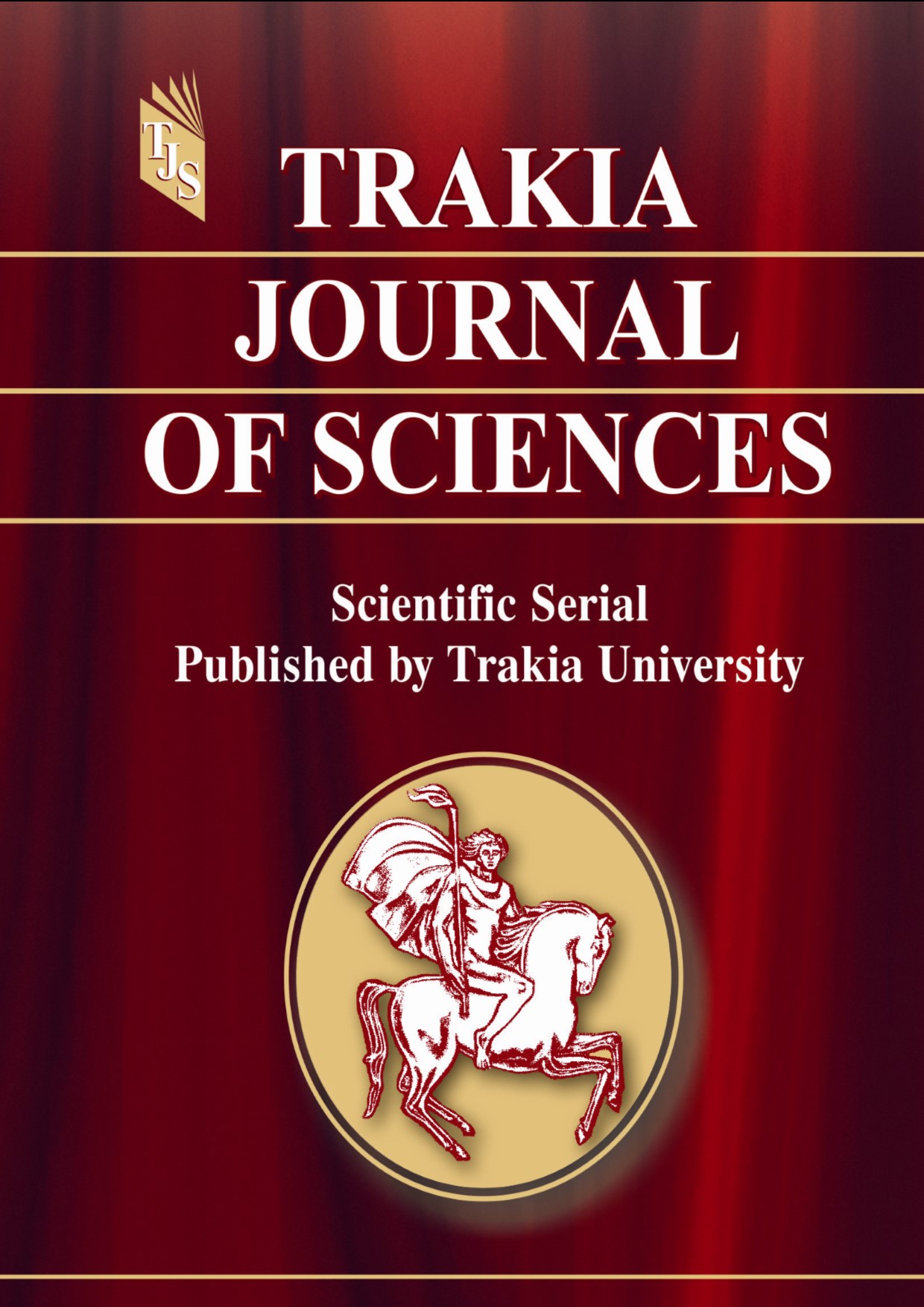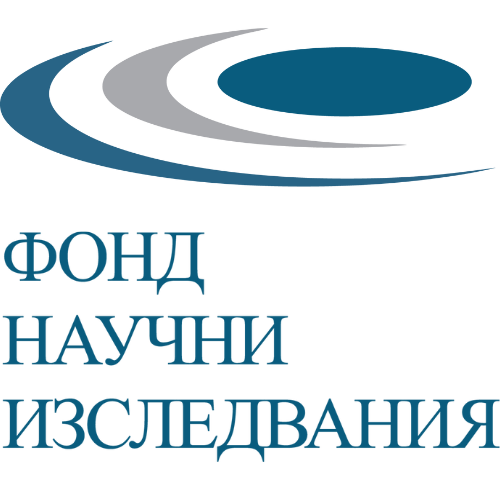A KNIFE INJURY IN THE MAXILLOFACIAL REGION – A CASE REPORT
DOI:
https://doi.org/10.15547/tjs.2024.03.012Keywords:
maxillofacial injury, stab woundAbstract
Background: Head injuries are not so uncommon in emergency medicine. Generally, separate areas of the face and skull are affected. Some situations are challenging, especially when the traumatic foreign bodies are still inside tissues. So, every single clinical case should be thoroughly described to serve as a basis for an operative method and protocol creation for a therapeutic approach in future injuries of this type. In the current communication, we intend to report our experience with an incident of a stab injury in maxillofacial surgery.
Methods: A middle-aged male patient with a stab wound in the face underwent surgical removal of the knife under intubation anesthesia in emergency conditions.
Results: The postoperative period was uneventful. The patient was discharged on the fifth day with satisfactory early postoperative results.
Conclusions: Together with the anatomical specifics of the region, the surgery for knife removal is more complicated and riskier than usual. On the other hand, exactly rich blood supply determines quick and uneventful wound healing.
References
Yarandi KK, Jelodar S, Khalatbari MR, Rasras S, Ilkhchi RB, Amirjamshidi A. Stab wounds to the head; Case series, review of literature, and proposed management algorithm. Asian J Neurosurg 2018;13:754-759.
Kaliszan M, Kernbach-Wighton G, Bouhaidar R. Multiple self-inflicted stab wounds to neck, chest, and abdomen as a unique manner of suicide. J Forensic Sci. 2010;55(3):822-825.
Fukube S, Hayashi T, Ishida Y, Kamon H, Kawaguchi M, Kimura A, Kondo T. Retrospective study on suicidal cases by sharp force injuries. J Forensic Leg Med. 2008;15(3):163-167. doi: 10.1016/j.jflm.2007.08.006. Epub 2007 Nov 26. PMID: 18313011.
Melvill RL, De Villiers JC. Peripheral cerebral arterial aneurysms caused by stabbing. S Afr Med J 1977;51:471‑473.
Achram M, Rizk G, Haddad FS. Angiographic aspects of traumatic intracranial aneurysms following war injuries. Br J Radiol 1980;53:1144‑9.
O’Neill OR, Gilliland G, Delashaw JB, Purtzer TJ. Transorbital penetrating head injury with a hunting arrow: Case report. Surg Neurol 1994;42:494‑497.
Kelly DF, Nikas DL, Becker DP. Diagnosis and treatment of moderate and severe head injuries in adults. In: Youmans JR, editor. Neurological Surgery. 4th ed. Philadelphia: WB Saunders; 1996. p. 1618‑16718.
Wu JJ, Shih CJ. Unusual penetrating injury of the superior sagittal sinus. Surg Neurol 1982;17:43‑46.
Lunetta P, Ohberg A, Sajantila A. Suicide by intracerebellar ballpoint pen. Am J Forensic Med Pathol 2002;23:334‑337.

Downloads
Published
Issue
Section
License
Copyright (c) 2024 Trakia University

This work is licensed under a Creative Commons Attribution-NonCommercial 4.0 International License.


